Harriet Tubman’s rebellion against slavery might have started at Bucktown General Store. The year was 1835. Tubman was around 13 at the time. She grew up about a mile from the store, deep in rural Maryland, tucked among the flat marshes of the Chesapeake Bay,on a plantation owned by Edward Brodess.
Like many sloves, Tubman grew up in a nightmare, a life of beatings and terrible squalor. She witnessed the separation of her family members and endless days of work in fields and shoprooms with no pay. Later she recalled, “Slavery is the next thing to hell.”
But Tubman’s experience was almost a little better than many slaves, at least those in the Deep South or in the Caribbean. In this corner of Maryland, many slaves were “rented” out because they often had special skills like carpentry. They could also sometimes earn some money and buy their freedom. Tubman’s father, for instance, was eventually set free and had a small business.
Today, Tubman is famous as a conductor on the Underground Railroad. She made more than 20 trips to helped enslaved people escape to freedom, and it’s possible that her passion started on the day in 1835 that Tubman visited the Bucktown general store. Assigned to buy some goods, Tubman almost certainly walking down Greenbrier Road. She was with the farm’s cook at the time and soon stepped into the yellow, building at the corner of Greenbrier road. Inside the dark room, crowded with shelves of foodstuffs and other goods, Tubman would have seen another slave, one with who had entered the store with his owner.
At some point, as Tubman and the cook stood in the small store, the other slave bolted, trying to make an escape. The mastered yelled at Tubman to help. She did not, and the master grabbed a weight and threw it, smacking Tubman in the head. Later, Tubman would have seizures from the injury and likely sustained some sort of brain damage. Tubman remembered the event in interviews with a bit of dark humor, “My hair had never been combed and it stood out like a bushel basket . . . I expect that that hair saved my life.”
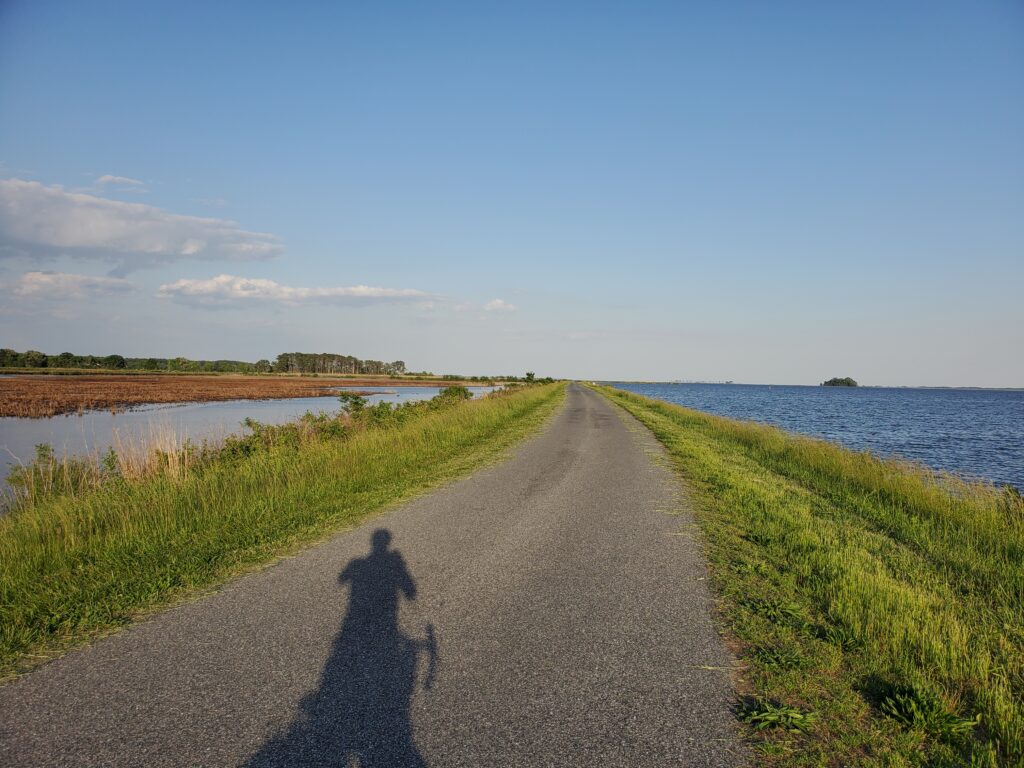
In Tubman’s Footsteps. I decided to see if I could retrace part of Tubman’s life in 2022.
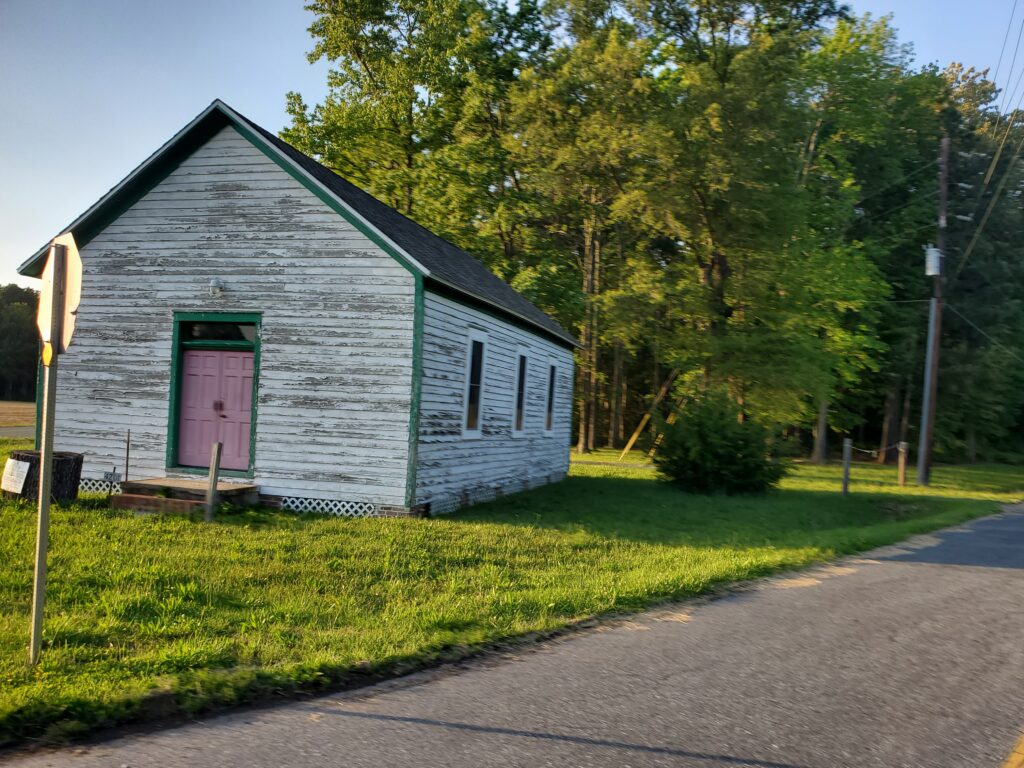
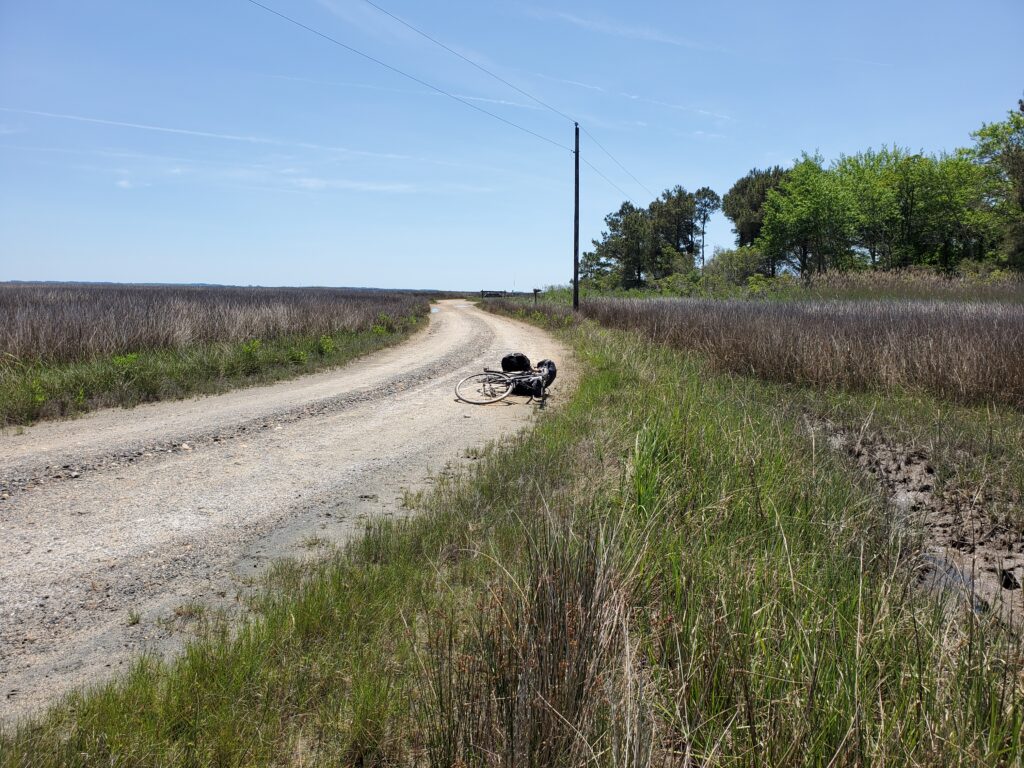
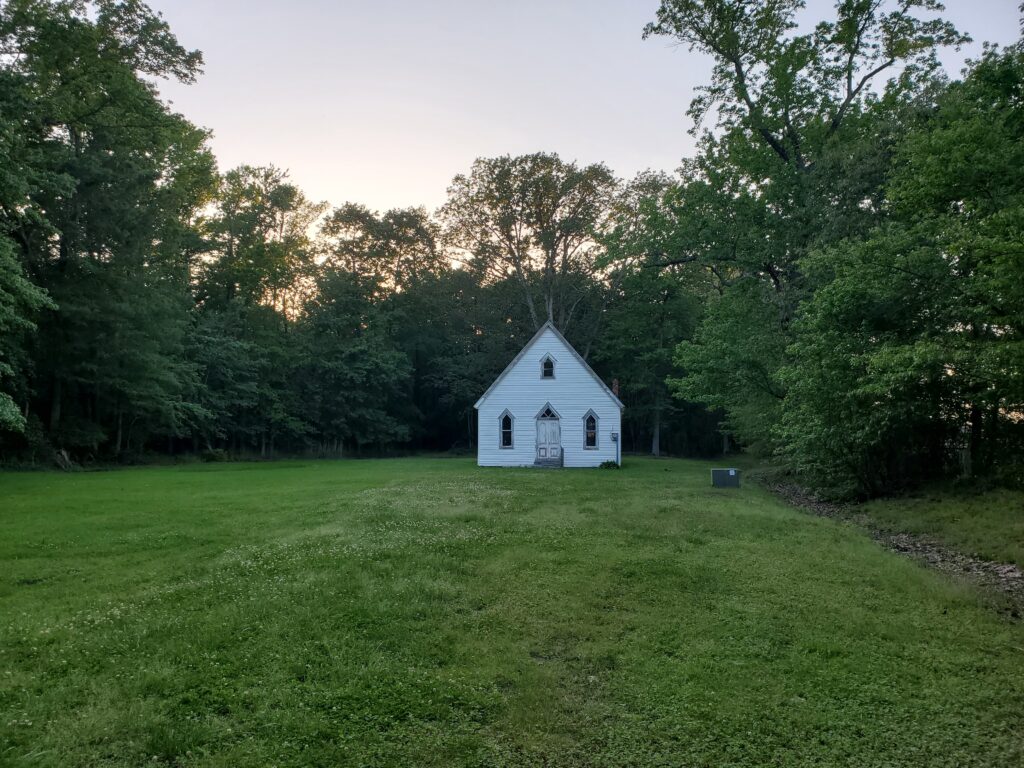
If You Go
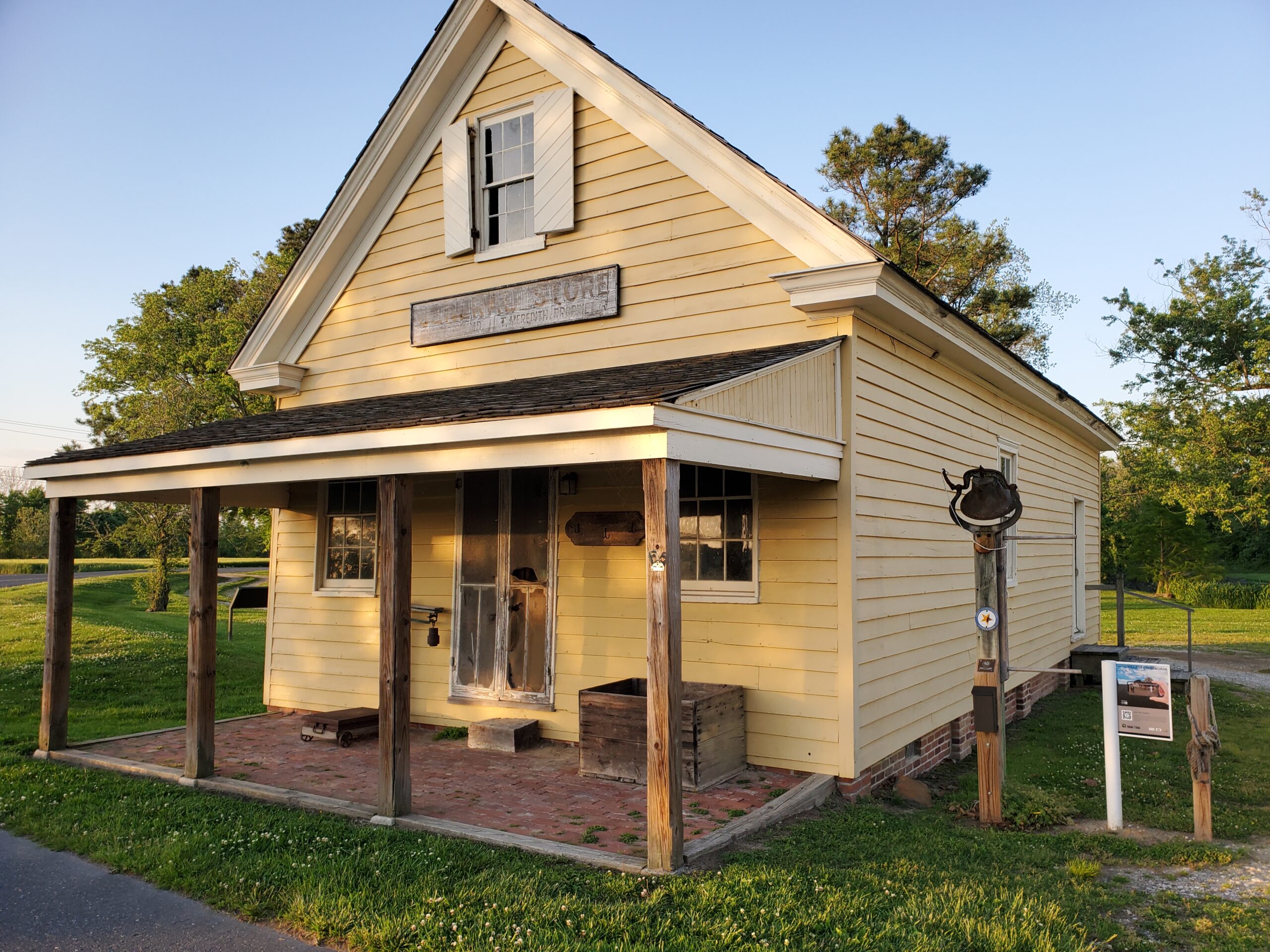
Leave a Reply